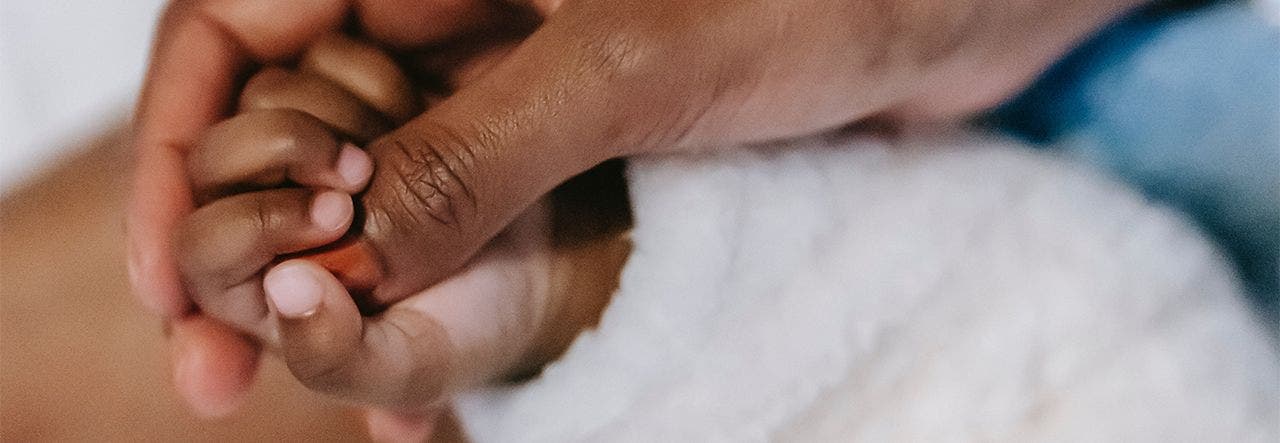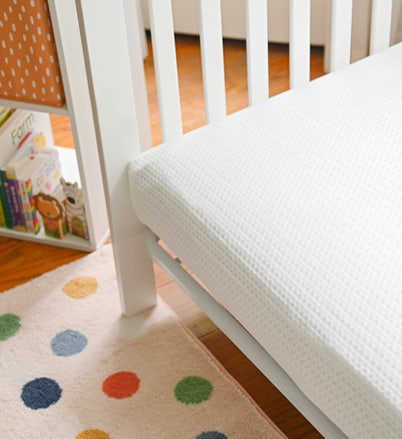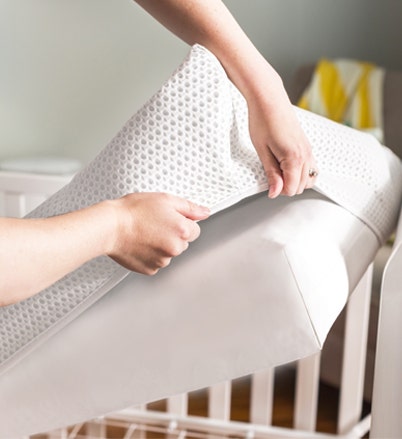Are Flame Retardant Chemicals Safe?
Flame retardants sound like they would be a safety precaution … right? Because fire sure isn’t safe! That’s why it seems like a no-brainer when manufacturers add flame retardant chemicals to their products. Presumably, flame retardants keep your family safe.
However, sometimes the things designed to keep us safe from one thing actually harm us with something else. In the case of flame retardants, we’re talking about off-gassing toxic chemicals. Sure, your baby’s mattress or car seat now meets flammability standards, but at what cost?
All sorts of baby and kids’ products – clothing, bedding, car seats, toys – contain flame retardants. Same goes for items all throughout your home (even electronics!). When something can be found in practically everything you own, it’s worth taking a closer look.
What are the health risks of flame retardants? Are there other, less risky ways to protect your family when it comes to fire safety? Let’s break it down.
What Are Flame Retardants?


Simply put, flame retardants are chemicals that are applied to materials to prevent the start and to slow the spread of flames when the material is exposed to fire. Common flame retardants include:
- Brominated flame retardants (BFRs)
- Polybrominated diphenyl ethers (PBDEs)
- Tetrabromobisphenol A (TBBPA)
- Hexabromocyclododecane (HBCD)
- Organohalogen Flame Retardants (OFRs)
Since their emergence in the 1970s, flame retardants have been added to everything from baby products to kids’ toys to furniture, window dressings, carpets, laptops, televisions … you get the point. They’re everywhere!
The trouble is that flame retardants contain toxic chemicals that bioaccumulate in our bodies through repeated exposure. In fact, even many of the flame retardants that have been phased out by the EPA still linger in our environment, even in our food and water. And, spoiler alert: flame retardants chemicals aren’t the only option – they’re just cheap and easy to use.
Get to Know the Health Risks of Flame Retardants
Repeated exposure to flame retardants can lead to serious health issues related to the nervous system, reproductive system and more. When accumulated in the body, flame retardants have the potential to:
- Increase the risk of ASD and ADHD
- Impair cognitive function
- Decrease liver and thyroid function
- Impact the endocrine system
- Contribute to early-onset puberty
- Some of these toxic chemicals have even been linked to cancer.
As with most environmental risks, babies and children are the most vulnerable, because their bodies and brains are still developing. In addition to their excessive use in baby products, flame retardants have even been found in some mothers’ breast milk and have also been associated with thyroid/hormone changes in pregnant women.
Keep These Chemicals Out of the Crib!
Like we said, flame retardant chemicals are used excessively. However, when it comes to baby products, your little one’s crib mattress is one of the key culprits. Why? It may not seem like it – we see you, tired parents – but babies sleep a LOT.
Newborns can sleep up to 16 hours a day! That’s a lot of time for your baby to breathe in the flame retardants lurking in most crib mattresses on the market – even many organic options. The challenge for new parents is that crib mattresses today almost always contain flame retardants. This is in part because they’re often made of highly flammable synthetic materials, like polyurethane foams, including memory foam. Pro tip: polyurethane foam is also why so much upholstered furniture contains flame retardants.
Sleep is crucial for babies and their development, but so is sleeping on a crib mattress that’s not doused in toxic flame retardant chemicals. Luckily, finding an affordable non-toxic crib mattress free of flame retardants is completely feasible … if you know where to look.
At Lullaby Earth, we take toxic chemicals of all kinds very seriously – and we say, “Hard pass.” You won’t find any chemical flame retardants in any of our products – all certified non-toxic. The truth is that a crib mattress doesn’t need flame retardants if the materials themselves are not highly flammable and the design allows the mattresses to pass the government flammability tests. Check and check!
Non-toxic Tips! How to Avoid Flame Retardants
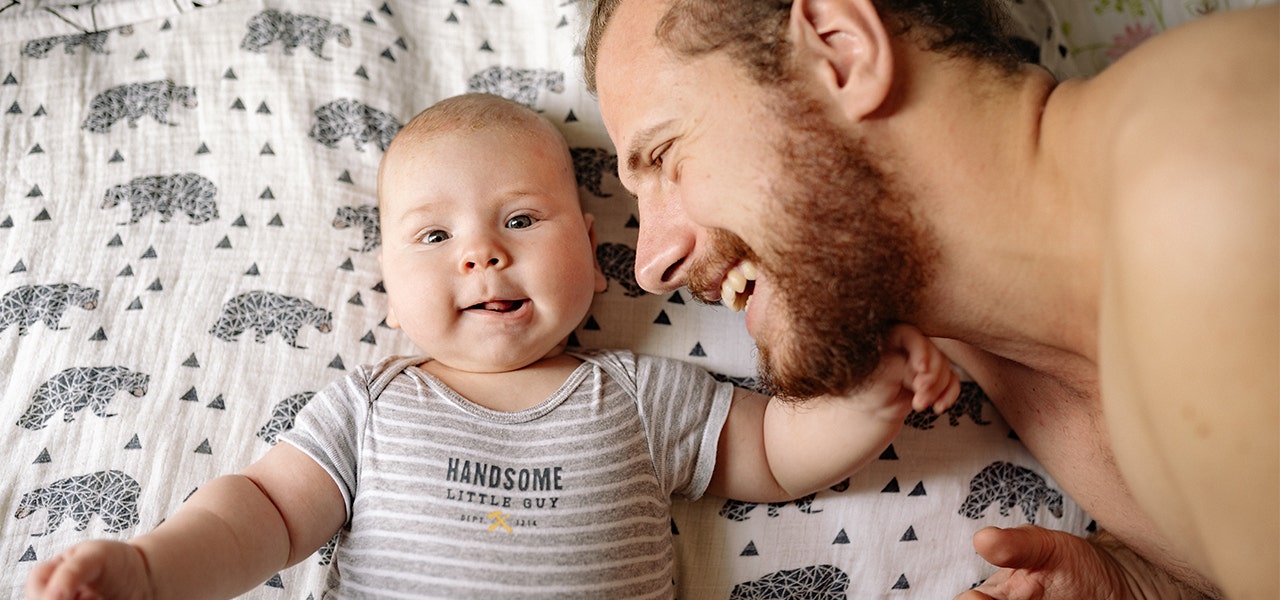

It’s time to rethink the use of flame retardants without sacrificing fire safety. Get in the habit of always reading the labels of the products you purchase and, as much as possible, choose items that are specifically labeled with: Contains no added flame retardants. Note, be wary if the label says the product “meets TB117 standards” but does not include ANY additional information. That’s typically code for: Contains flame retardants.
- With the pervasiveness of chemical flame retardants, you can’t avoid them altogether – but you can reduce your family’s exposure. Here are some tips!
- Dust your home regularly, because off-gassing chemicals can stick to dust.
- Use a vacuum equipped with an HEPA filter and follow with a wet mop for the same reason.
- Open your windows for at least a short period of time each day to improve air quality.
- Wash your baby’s hands and toys often to reduce the ingestion of flame retardants.
- Limit electronics in your home – especially in your children’s rooms.
Also, remember to make basic fire safety a part of your family life. Create a home fire escape plan with a backup plan and two exit routes for each room in your home. Practice this regularly – and make it fun! Limit the use of space heaters, and always keep them at least three feet away from anything. Avoid plugging several appliances into the same electrical socket at once and check the batteries in your smoke detectors regularly.
The threat of fire is scary for any parent, but you can empower yourself to put your family in the safest position. And remember, we’re glad to help – no one needs to do this parenting thing alone!
Want to take the next step in creating a healthier environment for your little one? Get tips on creating a non-toxic nursery here.

 Baby
Baby
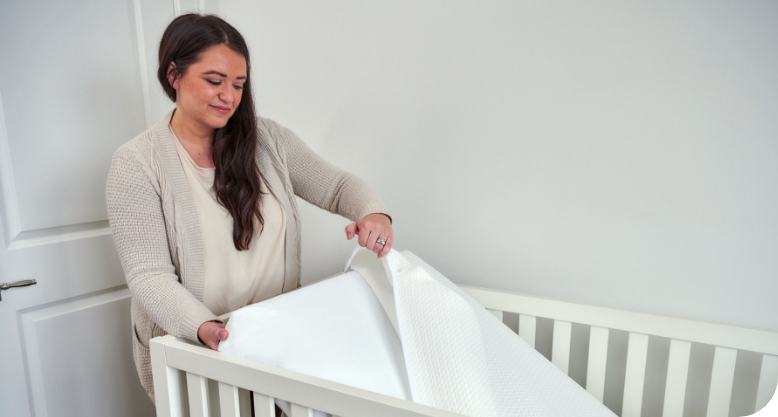
 Kids
Kids
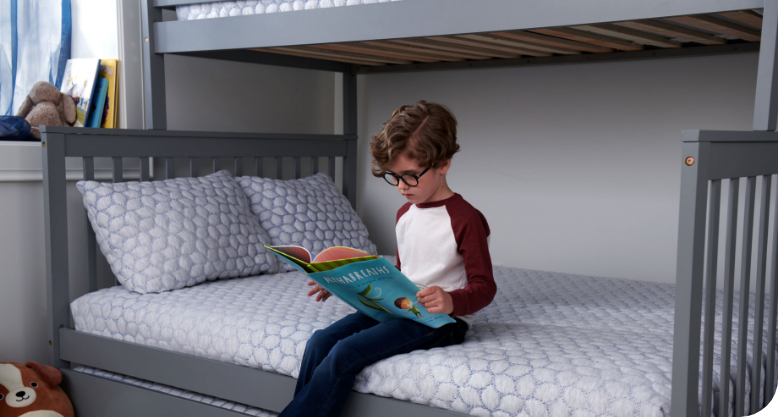
 Learn
Learn
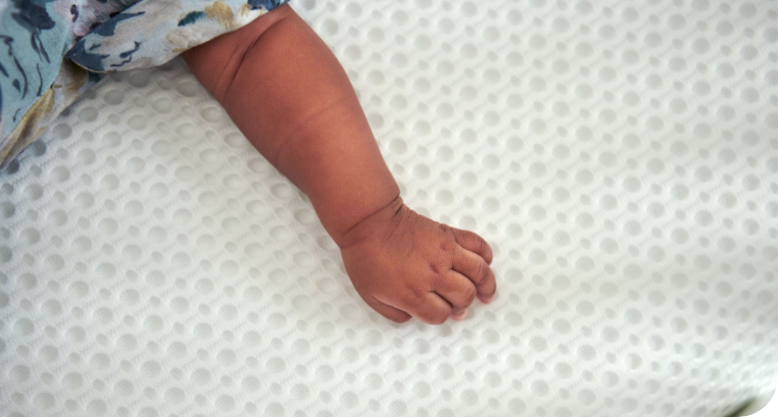
 FIND A STORE
FIND A STORE CONTACT
CONTACT